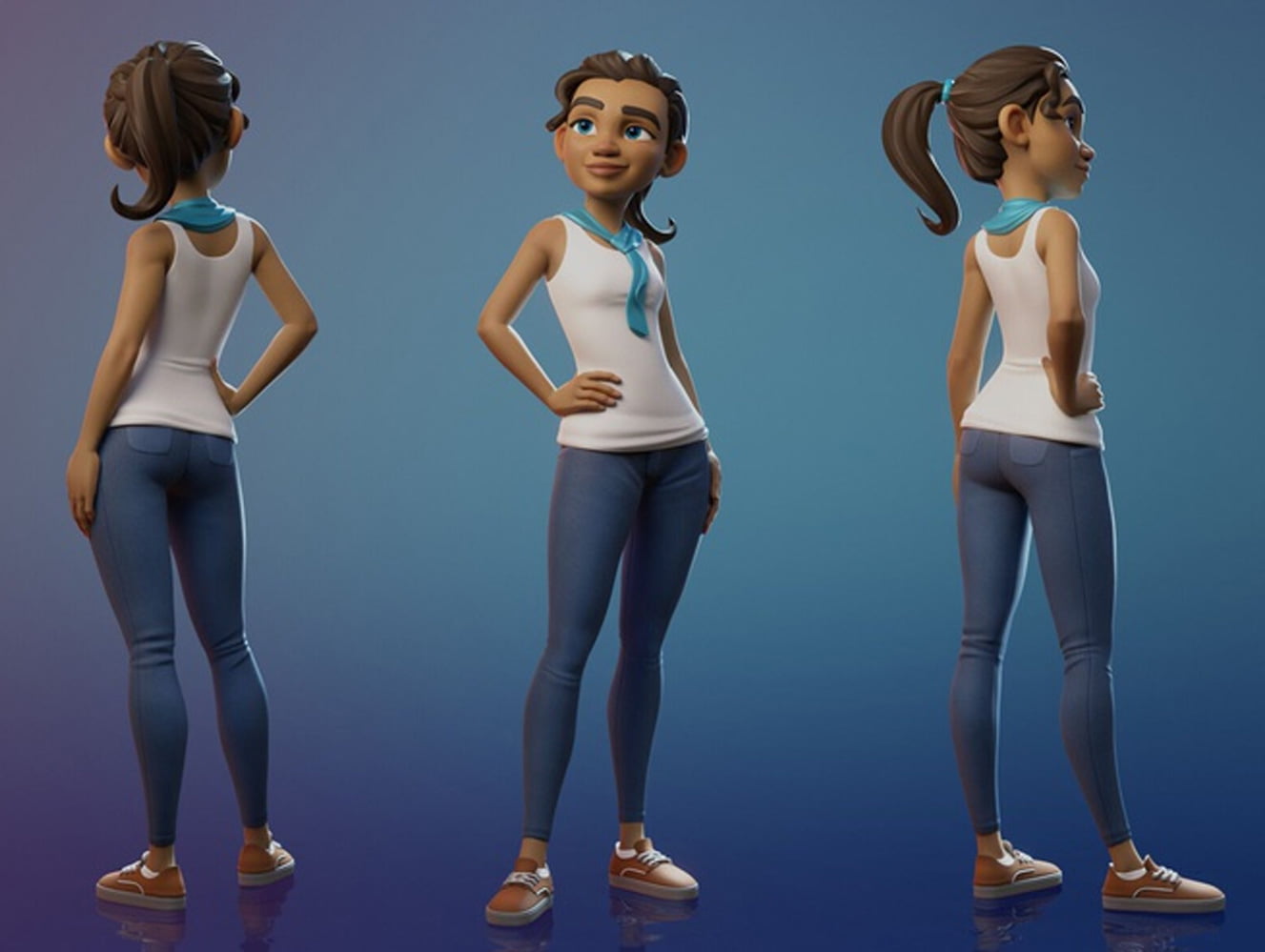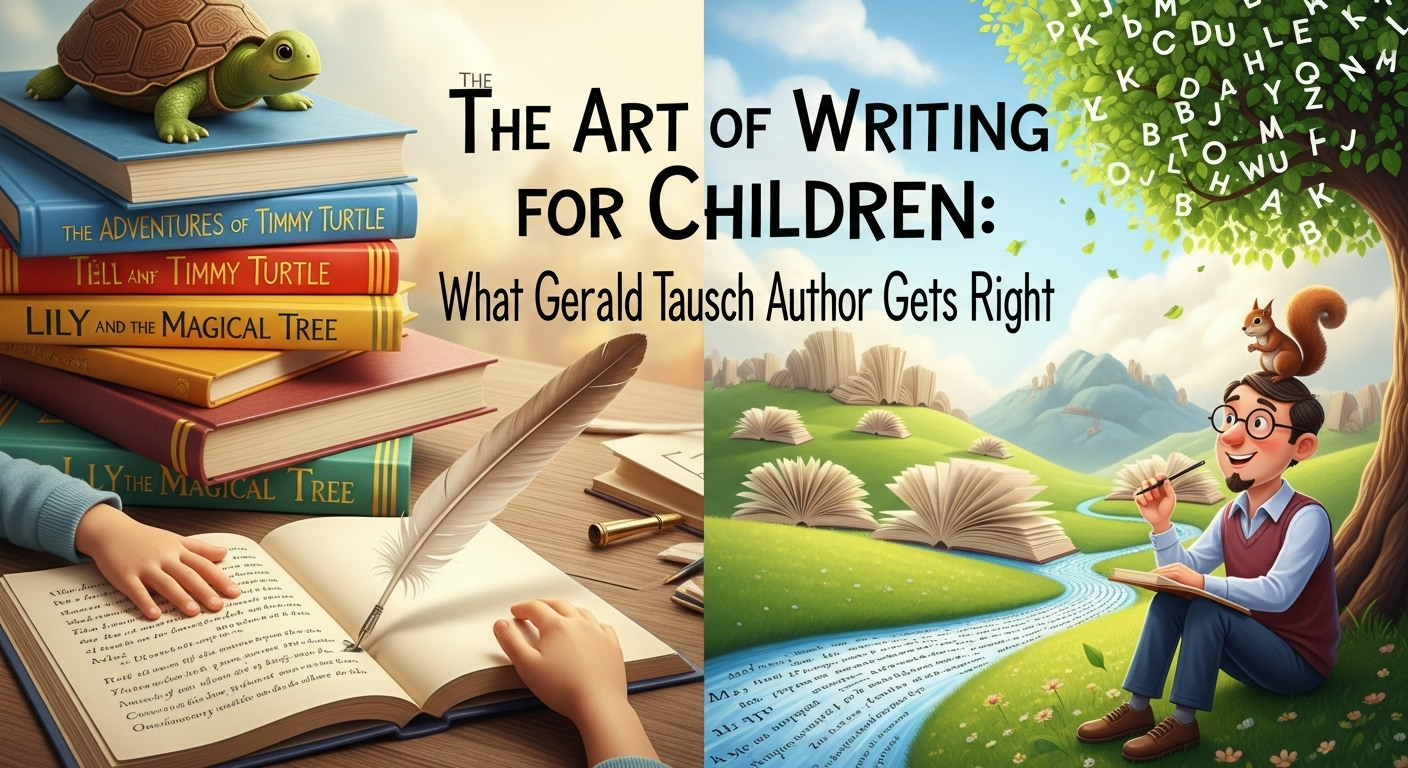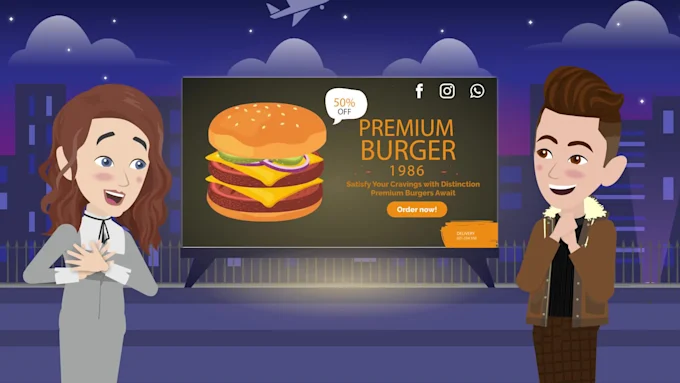In today’s digital-first world, brands, educators, and marketers are constantly looking for ways to communicate messages that not only capture attention but also stick in the audience’s mind. One of the most powerful mediums to achieve this is through animation. Whether it’s for marketing, product demonstrations, training, or entertainment, animation offers a unique way to simplify complex ideas and make them engaging.
But when it comes to creating an Explainer video or any animated content, there’s always the big question: should you go with 2D animation or 3D animation? Both styles have their strengths, and the decision largely depends on your goals, budget, and the kind of impact you want to make.
This article dives deep into the differences between 2D and 3D animation, their advantages and disadvantages, and how to decide which one is best suited for your project.
What Is 2D Animation?
2D animation is the traditional form of animation where visuals are created in two dimensions — height and width. Think of cartoons like Tom & Jerry or animated ads you see online; they all fall under 2D animation. In modern marketing, 2D animation is widely used for creating a 2D animated explainer video because of its ability to communicate messages quickly and clearly.
Key Features of 2D Animation:
- Flat graphics and visuals.
- Usually less time-consuming to create compared to 3D.
- A wide variety of styles (cartoonish, minimalist, illustrative).
- Works perfectly for storytelling, especially when you need a clear and direct narrative.
What Is 3D Animation?
3D animation, on the other hand, brings objects and characters to life in three dimensions — height, width, and depth. This gives visuals a realistic and immersive feel, often making viewers feel like they are part of the scene. Think Pixar movies or high-end product commercials where the animation looks almost lifelike.
Key Features of 3D Animation:
- Realistic, detailed visuals with depth and perspective.
- Highly versatile, from movies to medical simulations and architectural walkthroughs.
- Requires more resources, time, and advanced software.
- Creates a more engaging and immersive viewer experience.
Pros and Cons of 2D Animation
✅ Pros:
- Cost-Effective – 2D animation is usually more budget-friendly, making it ideal for startups or small businesses.
- Faster Production – Compared to 3D, the production process is quicker.
- Clear Storytelling – Simplifies complex ideas into digestible visuals.
- Versatility – Great for marketing, education, social media ads, and branding.
❌ Cons:
- Less Realistic – Cannot capture depth or realism like 3D.
- Limited Engagement – In some industries, audiences may prefer the high-end look of 3D.
Pros and Cons of 3D Animation
✅ Pros:
- Realism and Detail – Perfect for showing products, medical procedures, or technical concepts.
- Immersive Experience – Keeps audiences engaged with its lifelike visuals.
- Modern Appeal – Has a high-end, polished feel that resonates with certain audiences.
❌ Cons:
- Expensive – 3D requires skilled animators, powerful software, and more time, which makes it costlier.
- Longer Production Time – If you’re in a rush, 3D might not be the best option.
- Complexity – Requires more collaboration and technical expertise.
Where Does Each Style Work Best?
2D Animation Works Best For:
- Explainer videos (especially for startups and small businesses).
- Social media campaigns.
- Educational content.
- Brand storytelling.
3D Animation Works Best For:
- Product demos that require realistic detail.
- Architectural or engineering visualization.
- Gaming and entertainment.
- Medical or scientific simulations.
Choosing Between 2D and 3D
When deciding whether to go with 2D or 3D, consider these factors:
- Budget – If cost is a concern, 2D is more affordable.
- Timeline – Need something fast? 2D is quicker to produce.
- Target Audience – For professional industries (like medical or real estate), 3D may be more impressive. For general audiences, 2D is often more effective.
- Message Complexity – If you just want to simplify a process or concept, a 2D animated explainer video is usually sufficient. If you need realism, choose 3D.
- Brand Identity – Minimalist and playful brands often lean toward 2D, while premium brands may prefer 3D.
Why Explainer Videos Are Essential
Whether in 2D or 3D, explainer videos have become an indispensable marketing tool. A well-made Explainer video can:
- Boost conversions on landing pages.
- Improve brand awareness.
- Simplify complex services or products.
- Keep viewers engaged longer.
With attention spans shrinking, businesses can’t rely solely on text or static images. Animated videos deliver information in a way that is quick, engaging, and memorable.
Why 2D Animated Explainer Videos Stand Out
While both 2D and 3D have their place, 2D explainer videos are currently dominating the digital marketing space. Here’s why:
- Affordability Without Sacrificing Quality – Perfect for businesses of all sizes.
- Clear and Direct Communication – Ideal for breaking down processes, products, or services.
- Faster Turnaround – Great for campaigns with tight deadlines.
- Versatile Styles – From cartoonish to professional, 2D adapts easily to your brand identity.
This makes the 2D animated explainer video the go-to choice for marketers and entrepreneurs who want maximum ROI from their video marketing efforts.
Final Thoughts
At the end of the day, the choice between 2D and 3D animation depends on your goals, resources, and audience. If you’re aiming for simplicity, clarity, and affordability, 2D animation is the best route. But if realism, immersion, and detail are critical, then 3D might be worth the investment.
However, when it comes to marketing, startups, and business storytelling, a 2D animated explainer video often offers the best balance of cost, quality, and effectiveness.
In short:
- Choose 2D if you need clarity, speed, and affordability.
- Choose 3D if you need realism, immersion, and have the budget for it.
Either way, animation remains one of the most powerful tools to connect with audiences and leave a lasting impact.





